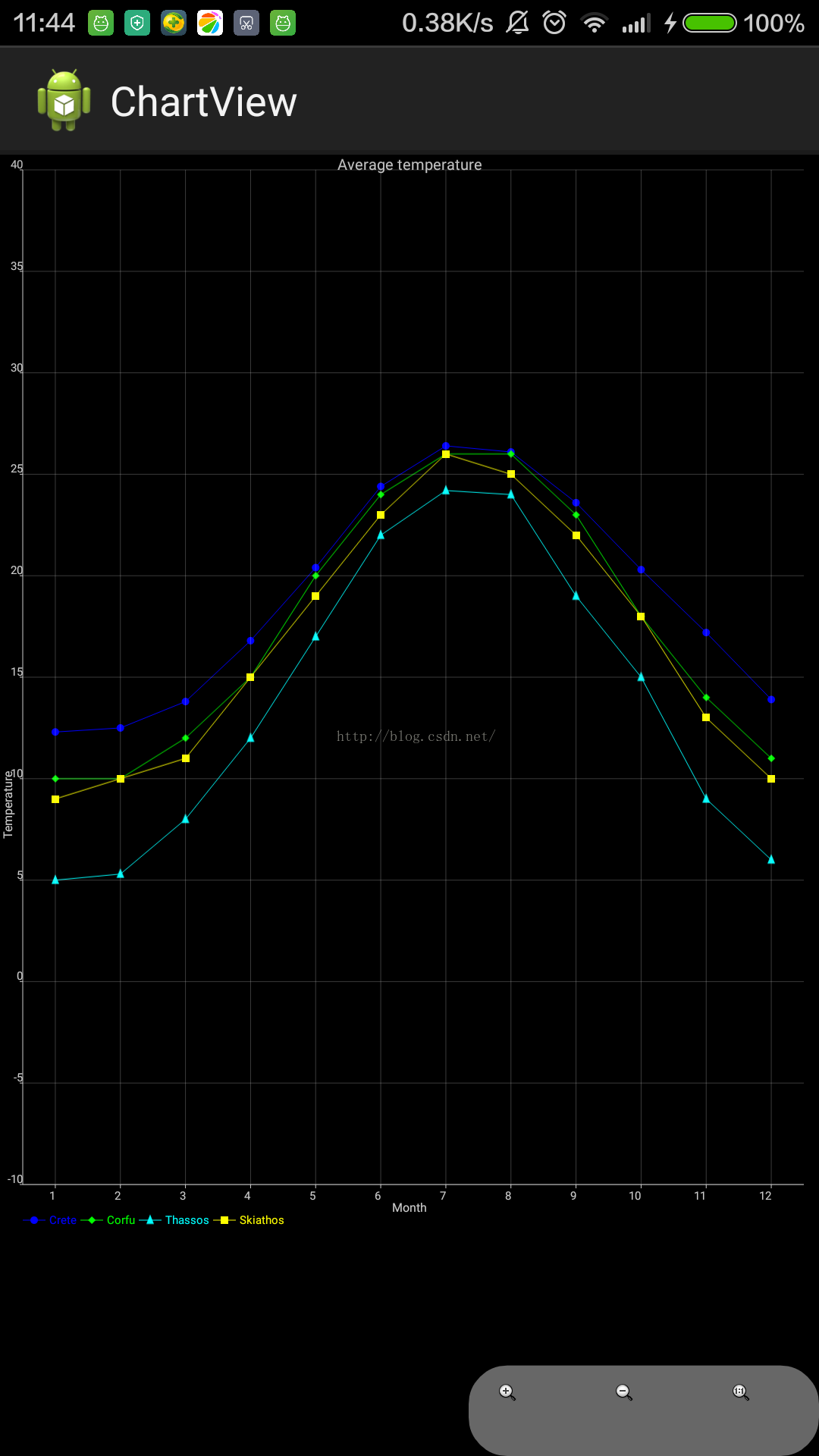編輯:關於Android編程
本文實例講述了Android開發中setContentView和inflate的區別。分享給大家供大家參考,具體如下:
一般用LayoutInflater做一件事:inflate
inflate這個方法總共有四種形式(見下面),目的都是把xml表述的layout轉化為View對象。
其中有一個比較常用,View inflate(int resource, ViewGroup root),另三個,其實目的和這個差不多。
int resource,也就是resource/layout文件在R文件中對應的ID,這個必須指定。
而ViewGroup root則可以是null,null時就只創建一個resource對應的View,不是null時,會將創建的view自動加為root的child。
setContentView和inflate區別:
setContentView()一旦調用, layout就會立刻顯示UI;而inflate只會把Layout形成一個以view類實現成的對象,有需要時再用setContentView(view)顯示出來
一般在activity中通過setContentView()將界面顯示出來,但是如果在非activity中如何對控件布局設置操作了,這需LayoutInflater動態加載
<TextView android:id="@+id/tview" android:layout_width="fill_parent" android:layout_height="wrap_content" android:text="ATAAW.COM" /> <Button android:layout_width="fill_parent" android:layout_height="wrap_content" android:id="@+id/button" android:text="按鈕" />
在程序中動態加載以上布局。
LayoutInflater flater = LayoutInflater.from(this); View view = flater.inflate(R.layout.example, null);
獲取布局中的控件。
button = (Button) view.findViewById(R.id.button); textView = (TextView)view.findViewById(R.id.tview);
接下來結合源碼說說inflate方法的四種形式:
inflate方法總共有四種形式,把xml表達的layout轉化為view. This class is used to instantiate layout xml files into its corresponding view object. It is never be used directly——use getLayoutInflater() or getSystemService(String)getLayoutInflate() or getSystemService(String) to retrieve a standard LayoutInflater instance that is already hooked up that is already hook up to the current context and correct configured for the device you are running on.
1. Context.public abstract object getSystemService(String name)
2. 兩種獲得LayoutInflater的方法
a. 通過SystemService獲得
復制代碼 代碼如下:LayoutInflater inflater=(LayoutInflater)context.getSystemService(Context.LAYOUT_INFLEATER_SERVICE);
b. 從給定的context中獲取
Public static LayoutInflater from(Context context)
c. 兩者的區別:實際上是一樣的,源碼
/**
* Obtains the LayoutInflater from the given context.
*/
public static LayoutInflater from(Context context) {
LayoutInflater LayoutInflater =
(LayoutInflater) context.getSystemService(Context.LAYOUT_INFLATER_SERVICE);
if (LayoutInflater == null) {
throw new AssertionError("LayoutInflater not found.");
}
return LayoutInflater;
}
3. LayoutInflater.inflate()將Layout文件轉換為View,專門供Layout使用的Inflater。雖然Layout也是View的子類,但在android中如果想將xml中的Layout轉換為View放入.java代碼中操作,只能通過Inflater,而不能通過findViewById()。
4.
LinearLayout linearLayout = (LinearLayout) findViewById(R.id.placeslist_linearlayout); linearLayout.addView(place_type_text);
5. findViewById有兩種形式
R.layout.xx是引用res/layout/xx.xml的布局文件(inflate 方法),R.id.xx是引用布局文件裡面的組件,組件的id是xx(findViewById方法)。所有的組件id都能用R.id.xx來查看,但是組件不在setContentView()裡面的layout中就無法使用,Activity.findViewById()會出現空指針異常
a. activity中的findViewById(int id)
b. View 中的findViewById(int id)
6.不同點是LayoutInflater是用來找layout下xml布局文件,並且實例化!而findViewById()是找具體xml下的具體 widget控件(如:Button,TextView等)
更多關於Android相關內容感興趣的讀者可查看本站專題:《Android編程之activity操作技巧總結》、《Android視圖View技巧總結》、《Android操作SQLite數據庫技巧總結》、《Android操作json格式數據技巧總結》、《Android數據庫操作技巧總結》、《Android文件操作技巧匯總》、《Android編程開發之SD卡操作方法匯總》、《Android開發入門與進階教程》、《Android資源操作技巧匯總》及《Android控件用法總結》
希望本文所述對大家Android程序設計有所幫助。
 Android曲線圖
Android曲線圖
效果如下圖:1. MainActivity.javapackage com.example.chartview;import java.util.ArrayList;im
 Android 中查看內存的使用情況集常用adb命令
Android 中查看內存的使用情況集常用adb命令
1. 在IDE中查看Log信息 當程序運行垃圾回收的時候,會打印一條Log信息,其格式如下: D/dalvikvm: , , , GC_Reason表
 你值得擁有的Android Studio開發小技巧
你值得擁有的Android Studio開發小技巧
上一次發過了一個介紹Studio的,這裡再發一個補充下。我們都知道,Android Studio的功能是非常強大的,也是很智能的。如果有人告訴你學Android開發要用命
 RecyclerView下拉刷新上拉加載
RecyclerView下拉刷新上拉加載
一 、前言最近實在太忙,一個多禮拜沒有更新文章了,於是今晚加班加點把demo寫出來,現在都12點了才開始寫文章。1.我們的目標把RecyclerView下拉刷新上拉加載更